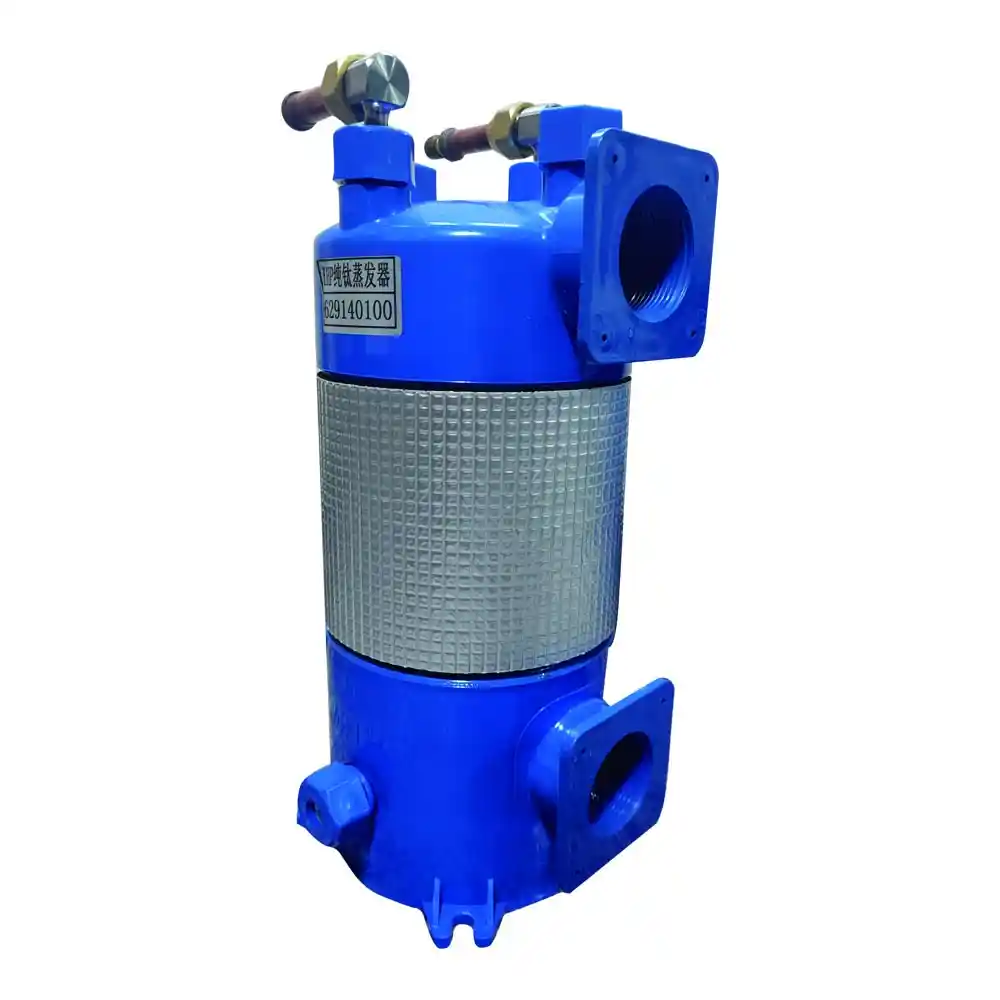1. Introduction
Compression fittings play a critical role in the construction and functionality of titanium coil heat exchangers. These fittings provide a secure and efficient means of connecting tubes within the heat exchanger, facilitating the transfer of heat between the primary and secondary fluid circuits. This article aims to delve into the significance of compression fittings in titanium coil heat exchangers, their impact on performance and reliability, and provide a comprehensive analysis of their characteristics and suitability for specific applications. We will explore the design considerations, advantages, and limitations of compression fittings, backed by relevant data and comparisons.
2. Understanding Compression Fittings in Titanium Coil Heat Exchangers
Compression fittings offer several key advantages when used in titanium coil heat exchangers:
2.1 Efficient Installation Process
Compression fittings are known for their ease of installation. The process typically involves the following steps:
- Preparing the Tube Ends: The ends of the tubes that need to be connected are prepared by cutting them squarely and ensuring they are free from any burrs or deformations.
- Inserting the Fitting: The fitting, usually consisting of a compression nut, a ferrule, and a body, is slid onto the tube.
- Tightening the Nut: The compression nut is tightened onto the body, compressing the ferrule between the nut and the body, creating a reliable seal.
The simplicity of the installation process allows for efficient assembly, reducing both time and labor costs.
2.2 Versatility in Tube Sizes and Materials
Compression fittings offer versatility in accommodating various tube sizes and materials. Whether the heat exchanger requires connecting tubes of different diameters or tubes made of different materials, compression fittings can provide a reliable solution. This flexibility in design enables engineers to optimize the heat exchanger’s configuration to meet specific project requirements.
2.3 Pressure Resistance and Leak Prevention
Compression fittings are designed to withstand high pressures, making them well-suited for applications in titanium coil heat exchangers. When properly installed, these fittings provide a secure and leak-free connection between the tubes, ensuring efficient heat transfer and minimizing any potential loss of fluid or pressure.
However, it is crucial to consider the limitations and potential challenges associated with compression fittings.
3. Limitations and Considerations
While compression fittings offer several advantages, it is essential to consider their limitations and potential challenges:
3.1 Pressure Drop
Compression fittings, depending on the design and quality of the fitting, may introduce a small pressure drop in the fluid flow due to the constriction caused by the ferrule. This pressure drop can affect the overall efficiency of the heat exchanger, especially in applications where minimizing pressure loss is critical. It is advisable to consider the system requirements and consult with experts to ensure the chosen compression fittings are suitable for the desired flow rates and pressure conditions.
3.2 Maintenance and Tightening
To maintain the integrity of the connection, periodic inspection and re-tightening of compression fittings may be necessary. Over time, factors such as vibration, thermal expansion, and mechanical stress can cause the fittings to loosen, potentially leading to leaks or compromised performance. Implementing a regular maintenance schedule to inspect and tighten compression fittings can help mitigate these issues and ensure long-term reliability.
4. Comparative Analysis of Compression Fittings
Let’s compare the performance and characteristics of compression fittings commonly used in titanium coil heat exchangers:
| Compression Fitting Type | Advantages | Limitations |
|---|---|---|
| Brass Compression Fittings | – Excellent corrosion resistance | – Limited temperature and pressure ratings |
| – High strength and durability | – May require more frequent maintenance and tightening | |
| – Wide availability and cost-effectiveness | ||
| Stainless Steel Compression Fittings | – Superior corrosion resistance | – Higher initial cost compared to brass fittings |
| – High-temperature and pressure ratings | – Requires proper tube preparation and installation techniques | |
| – Long service life | ||
| – Suitable for aggressive fluids |
5. Conclusion
Compression fittings play a vital role in the successful operation of titanium coil heat exchangers. Their ease of installation, versatility in tube sizes and materials, and pressure resistance make them a favorable choice for many applications. However, it is crucial to consider the limitations associated with compression fittings, such as potential pressure drops and the need for periodic maintenance and tightening.
By understanding the advantages, limitations, and design considerations of compression fittings, engineers and designers can make informed decisions when selecting the most suitable fitting type for their titanium coil heat exchangers. Additionally, considering comparative data and conducting thorough evaluations can further optimize the performance, efficiency, and reliability of these heat exchangers.


